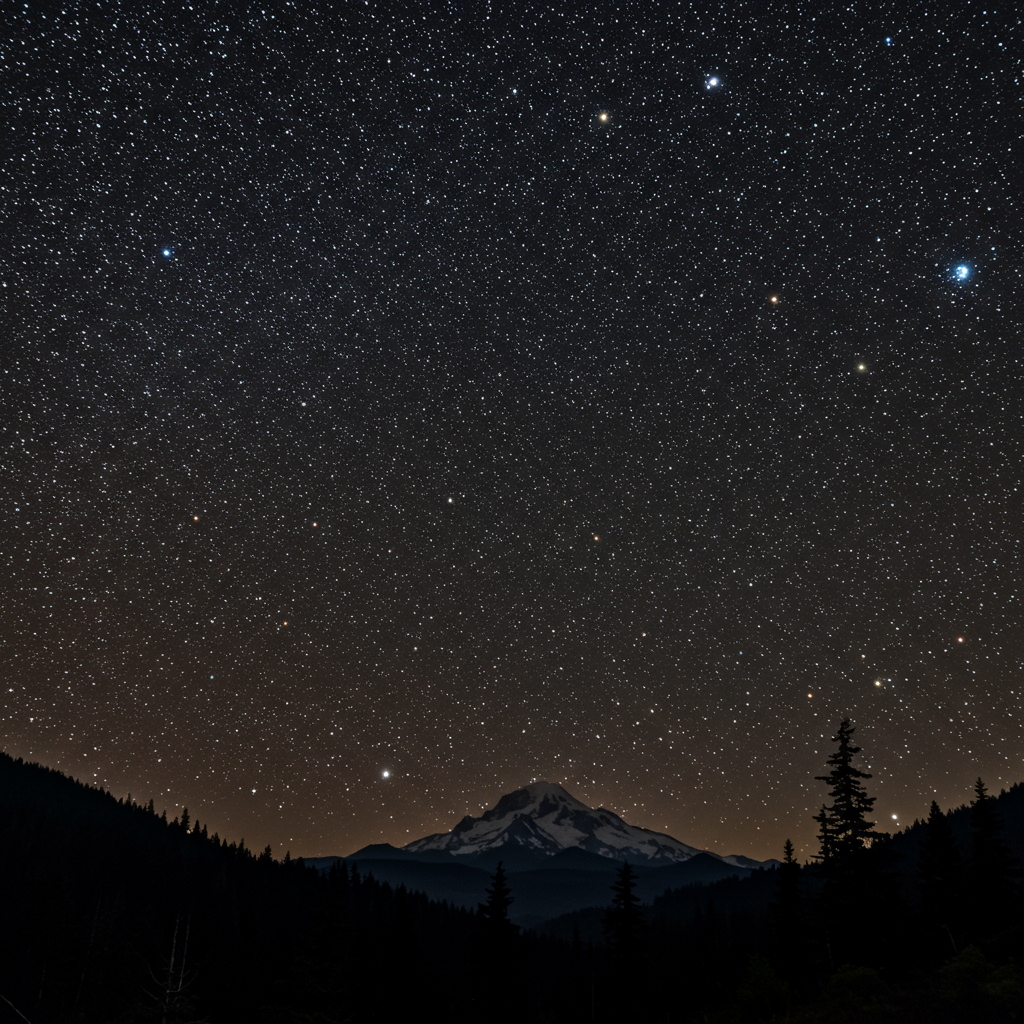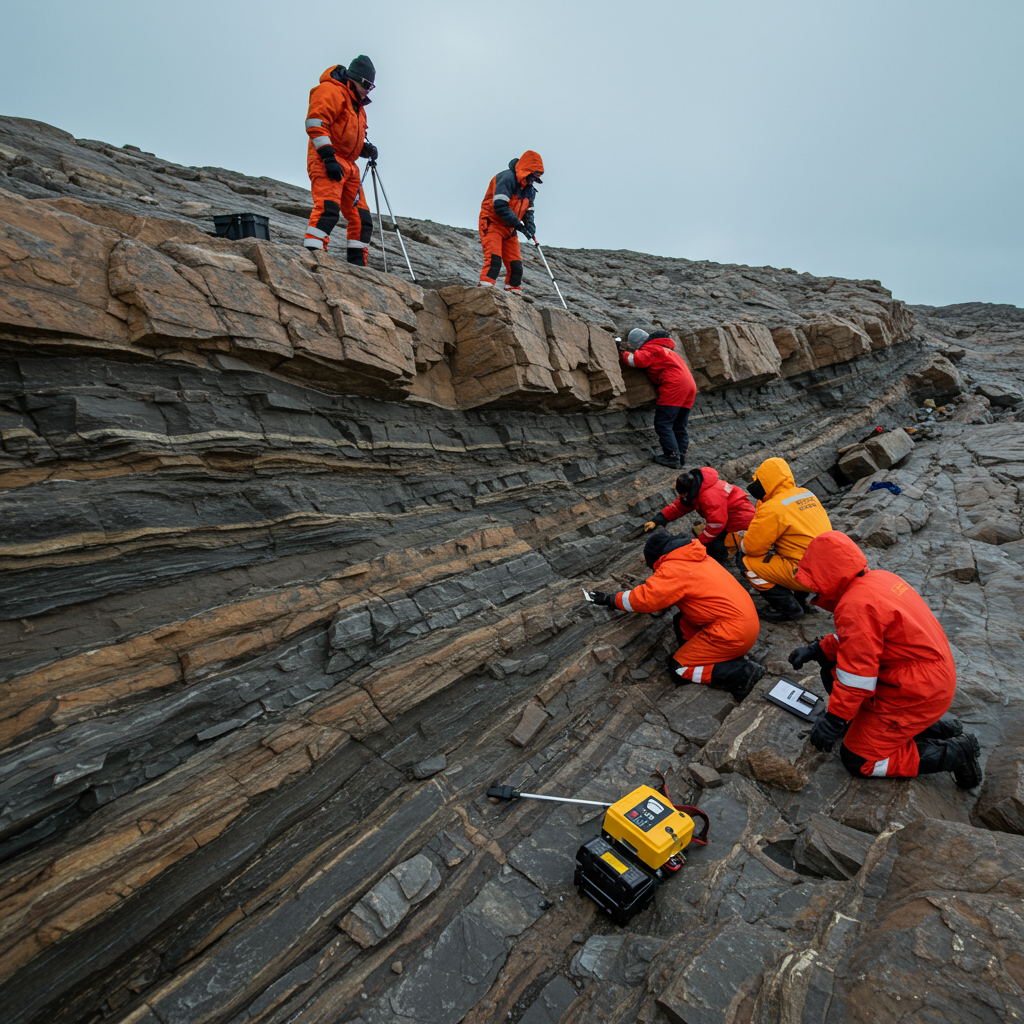Mars, the enigmatic Red Planet, continues to captivate humanity with its ancient secrets. A groundbreaking discovery by NASA’s Perseverance rover in Jezero Crater has unveiled tantalizing evidence of complex organic and mineral associations, hinting at conditions that could have supported life billions of years ago. Published in September 2025, this research details redox-driven reactions within Martian mudstones, revealing features remarkably similar to “potential biosignatures” found on Earth. This pivotal finding significantly advances our understanding of Mars’ past habitability and sets the stage for future definitive analyses through sample return.
Jezero Crater: A Prime Astrobiology Target
The Mars 2020 Perseverance rover mission landed in Jezero Crater, an ancient lakebed chosen for its high potential to preserve signs of past microbial life. Since its arrival, Perseverance has systematically explored the crater, meticulously characterizing its geology and collecting a scientifically selected suite of Martian rock and soil samples for eventual return to Earth. The mission’s core objectives include constraining the region’s geological history, assessing its habitability, and actively searching for biosignatures – chemical or physical evidence of ancient life.
Perseverance’s Journey and Goals
Perseverance carries an array of sophisticated instruments, designed to analyze rock targets at microscopic scales, identify organic and inorganic biosignatures, and place these observations into a broader geological context. The rover has traversed three distinct geological terrains within Jezero: the crater floor (igneous rocks with aqueous alteration), the Western Fan (sedimentary rocks from a fluvial-deltaic-lacustrine setting), and the Margin Unit (layered rocks with olivine and carbonate signatures). This particular study focuses on discoveries made within Neretva Vallis, a valley carved through the crater rim and Margin Unit, which served as a feeder channel for the Western Fan.
Exploring the Bright Angel Formation
In July 2024, Perseverance investigated a unique, bright-toned outcrop within Neretva Vallis, informally named the “Bright Angel formation.” This area features distinctive mudstone and conglomerate outcrops. Geological surveys indicate these layered and massive mudstones, along with some poorly sorted conglomerates, likely formed through sedimentary processes. These processes included weathering, erosion, transport, and deposition from water, involving suspension, energetic currents, or even debris flows. Unlike the more anoxic conditions suggested for the Western Fan sediments, the Bright Angel mudstone facies show clear signs of chemical weathering and oxidation, particularly an enrichment in ferric iron (Fe3+). The presence of weakly hydrated minerals like bassanite (a dehydrated form of gypsum) further suggests that calcium-sulfate precipitating fluids were present at low temperatures and low salinity. Detrital olivine and iron-magnesium carbonate grains, probably reworked from the nearby Margin Unit, also appear in some of the coarser rock types.
Unearthing Martian Chemistry: Organic Carbon & Minerals
A key breakthrough came with the detection of organic carbon within the Bright Angel formation mudstones. Instruments like SHERLOC (Scanning Habitable Environments with Raman and Luminescence for Organics and Chemicals) identified this organic matter through a characteristic ~1,600-cm⁻¹ G-band in Raman spectra. This crucial finding occurred in samples from “Cheyava Falls,” “Walhalla Glades,” and “Apollo Temple.” Interestingly, no similar organic signature was found in the nearby “Malgosa Crest” area of the Masonic Temple, part of the same formation. This variability suggests localized conditions influenced organic preservation.
The Mystery of Martian Mudstones
Within these organic-carbon-bearing mudstones, scientists observed intriguing submillimeter-scale nodules and millimeter-scale reaction fronts. Informally dubbed “poppy seeds” by the Mars 2020 Science Team, the nodules are circular to irregularly shaped masses. They appear black, dark blue, or dark green under different lighting conditions. PIXL (Planetary Instrument for X-ray Lithochemistry) data showed these masses are rich in iron, phosphorus, and zinc, with a molar FeO:P ratio consistent with vivianite. Vivianite, or ferrous iron phosphate (Fe2+3(PO4)2·8H2O), and its oxidation products, are considered authigenic, meaning they formed chemically after the mudstone deposition, rather than being transported.
Introducing Vivianite and Greigite
Even more striking are the distinct spots, informally called “leopard spots,” also found in the “Cheyava Falls” target. These represent in-situ reaction fronts, characterized by circular to crenulated dark rims and lighter cores. The rims are chemically similar to the vivianite-rich nodules, also enriched in iron, phosphorus, and zinc. Within the cores of these reaction fronts, however, a phase rich in sulfur, iron, nickel, and zinc was detected. The Fe:S ratio of about 3:4 strongly suggests the presence of greigite (Fe3+2Fe2+S4), an iron-sulfide mineral. On Earth, both vivianite and greigite frequently form in low-oxygen, organic-rich environments, often through the activity of microbes. Their presence together on Mars, intimately linked with organic carbon, marks a significant discovery.
Redox Reactions: The Engine of Martian Transformation
A significant observation is the inverse relationship between the inferred abundance of vivianite and greigite and the mudstone’s oxidation state. Mudstones with higher vivianite and greigite content, like those at “Apollo Temple,” showed a stronger organic matter signature and were less oxidized (i.e., less red). Conversely, areas lacking detectable organic matter, such as “Malgosa Crest,” had lower vivianite/greigite abundance and were more oxidized. This critical correlation strongly suggests that organic carbon actively participated in post-depositional redox (reduction-oxidation) reactions.
Decoding “Poppy Seeds” and “Leopard Spots”
In essence, these redox reactions involved electron transfers. Initially, phosphate was likely adsorbed onto ferric iron-rich sediment grains. However, the presence of organic matter would have driven the reductive dissolution of Fe3+ in these grains. This process would release soluble ferrous iron (Fe2+) and phosphate ions into the pore waters, leading to the precipitation of ferrous iron phosphates like vivianite. The unique absence of aluminum phosphates (like variscite or strengite), which typically form under more acidic, oxidizing conditions, supports an environment where ferrous iron, zinc, and phosphate were mobilized under moderately acidic, non-oxidizing conditions.
Organic Matter’s Pivotal Role
Beyond iron-phosphate formation, sulfate reduction coupled with organic matter oxidation likely produced the iron-sulfide minerals (greigite) observed in the reaction front cores. As these reduced iron and sulfur phases formed, they visibly altered the mudstone’s color, bleaching the originally red, oxidized rock in proportion to the available organic matter. These subtle color variations, from dark nodules to bleached “leopard spots,” serve as direct visual indicators of complex geochemical transformations happening beneath the surface, fueled by organic input.
Abiotic vs. Biological: The Quest for Answers
The crucial question remains whether these vivianite and greigite formations were products of abiotic (non-biological) chemical processes or, more intriguingly, biological activity.
Challenging Abiotic Pathways
Researchers rigorously considered the “null hypothesis” that solely abiotic reactions could create these mineral assemblages at the low temperatures inferred for the Bright Angel formation. While laboratory studies confirm that organic carbon can indeed facilitate the reductive dissolution of ferric iron oxides at temperatures between 10 °C and 80 °C, the specific organic compounds present on Mars and their ability to drive these reactions at low temperatures require further investigation. Other abiotic scenarios face significant challenges. For instance, the abiotic oxidation of pyrite by dissolved Fe3+ (which would yield Fe2+) necessitates acidic pH and detrital pyrite, conditions not widely observed in the Bright Angel formation. Similarly, generating sufficient dissolved sulfide for authigenic iron sulfides abiotically is problematic; magmatic degassing is unlikely due to the lack of proximate high-temperature sources, and abiotic sulfate reduction by organic matter is kinetically inhibited and energetically unfavorable at the low temperatures and burial depths implied, with no evidence of thermal maturation.
Terrestrial Analogues and Biological Hints
Against these abiotic challenges, an alternative biological model gains traction. On Earth, vivianite nodules are commonly found in freshwater and marine settings, forming as a byproduct of low-temperature microbially mediated iron-reduction reactions. Similarly, iron-sulfide minerals like greigite are often formed through microbial sulfate reduction, frequently appearing in close proximity to vivianite. The co-occurrence of these minerals on Mars, alongside organic carbon and zinc enrichment within the nodules, aligns well with a hybrid biogeochemical mechanism involving both iron and sulfate-reducing metabolisms. These types of mineral associations represent some of the earliest chemical evidence for life on Earth. The observed Martian “reduction spots” also bear a striking resemblance to terrestrial “reduction halos” and “reduction spots” in sediments and rocks, which have been proposed by some to have biological origins, though this remains a subject of ongoing debate in terrestrial geology.
The “Potential Biosignature” Classification
The meticulous analysis of the Bright Angel formation has led scientists to classify its textures, chemical characteristics, mineralogy, and organic signatures as “potential biosignatures.” This term, defined by NASA’s astrobiology roadmap, refers to a feature consistent with biological processes that compels researchers to gather more data before conclusively attributing it to either inanimate or biological origins.
NASA’s Confidence of Life Detection (CoLD) Scale
These findings currently place the Martian evidence at Level 3 on NASA’s Confidence of Life Detection (CoLD) scale. This means the observed features are consistent with biological processes, but further investigation is essential to differentiate between biological and non-biological explanations. It is crucial to emphasize that this is not definitive proof of life, but rather a strong indicator warranting deeper scrutiny. The sedimentary origin and evidence of deposition from water under habitable conditions further bolster this assessment.
Why Sample Return is Paramount
Many significant questions about the origin of these nodules and reaction fronts persist. To definitively determine the origin of these unique minerals, organics, and textures, researchers agree that the return of core samples from Mars to Earth is indispensable. The “Sapphire Canyon” core sample, collected from the same location as the intriguing “Cheyava Falls” analysis, represents humanity’s best opportunity. High-sensitivity instrumentation in Earth-based laboratories can perform measurements impossible to achieve on Mars, providing the “extraordinary evidence” needed for “extraordinary claims” about extraterrestrial life.
Frequently Asked Questions
What are vivianite and greigite, and why are they significant on Mars?
Vivianite is a ferrous iron phosphate mineral (Fe2+3(PO4)2·8H2O), while greigite is an iron sulfide mineral (Fe3+2Fe2+S4). Their discovery on Mars, particularly in conjunction with organic carbon within the Bright Angel formation, is highly significant because on Earth, these minerals commonly form in low-oxygen, organic-rich environments, often as byproducts of microbial activity (iron and sulfate reduction, respectively). Their co-occurrence and association with organic matter on Mars suggest ancient Martian environments might have experienced similar habitable conditions and geochemical processes that could have supported life.
Where exactly were these potential biosignatures discovered within Jezero Crater?
These compelling potential biosignatures were discovered within the Neretva Vallis region, located on the western edge of Mars’ Jezero Crater. Specifically, the Perseverance rover investigated distinctive mudstone and conglomerate outcrops belonging to the informally named “Bright Angel formation.” Key sites where these features were analyzed include the “Cheyava Falls” rock (where “leopard spots” and the “Sapphire Canyon” core sample were found) and the “Apollo Temple” and “Walhalla Glades” targets.
What are the next steps in determining if these Martian findings truly indicate past life?
Determining the definitive origin of these Martian mineral and organic associations requires a multi-faceted approach. First, further in-situ analyses on Mars using Perseverance’s instruments will continue to provide context. Second, extensive laboratory experiments, modeling, and field analogue studies on Earth will help explore both abiotic and biological processes that could create such features. Most critically, the planned return of the “Sapphire Canyon” core sample, collected from the Bright Angel formation, to Earth is essential. Terrestrial laboratories possess high-sensitivity instrumentation capable of unprecedented analyses, which are necessary to conclusively ascertain whether these unique features represent traces of past Martian life.
Conclusion
The Perseverance rover’s findings in Jezero Crater represent a monumental stride in the search for extraterrestrial life. The intricate association of organic carbon with vivianite and greigite within the Bright Angel formation mudstones paints a compelling picture of a dynamic, water-rich ancient Mars, capable of hosting redox reactions that could have fueled microbial metabolisms. While the “potential biosignature” classification emphasizes the need for further investigation, the evidence strongly challenges purely abiotic explanations for these formations. The stage is now set for the next thrilling chapter: the return of Martian samples to Earth. These precious rocks, including the “Sapphire Canyon” core, hold the ultimate key to unlocking whether life once thrived on our planetary neighbor, forever changing our understanding of life in the universe.




